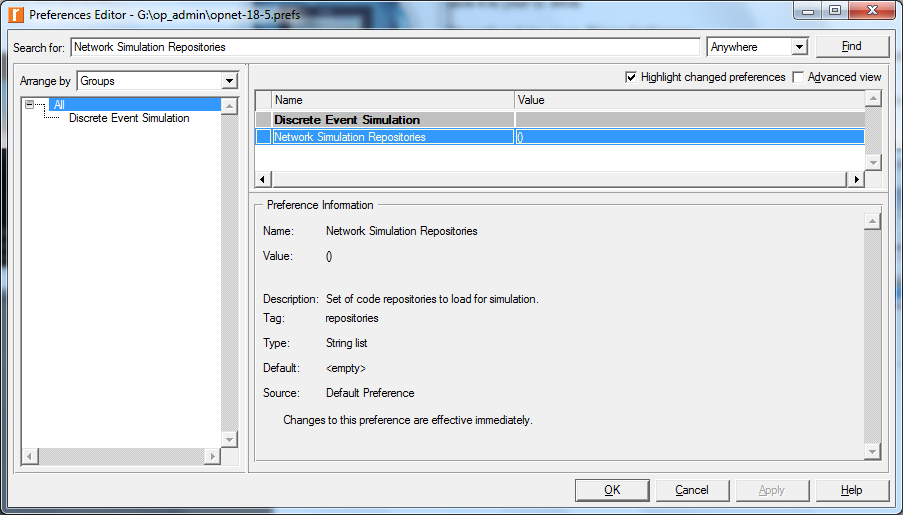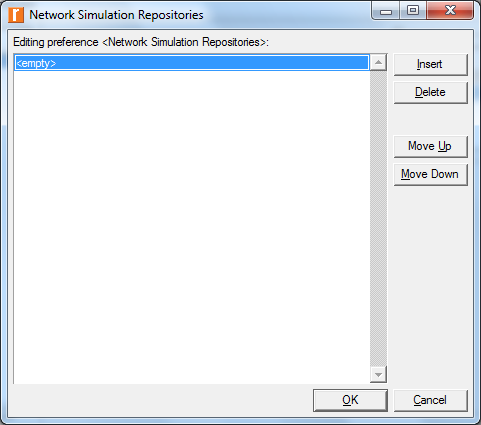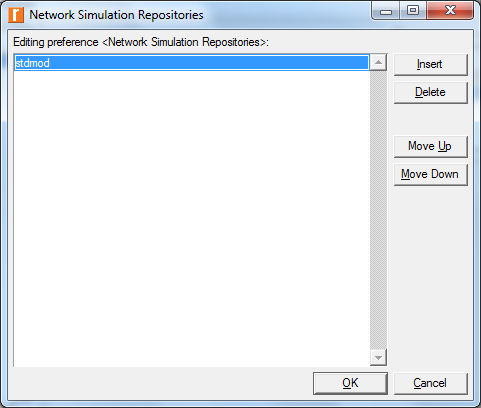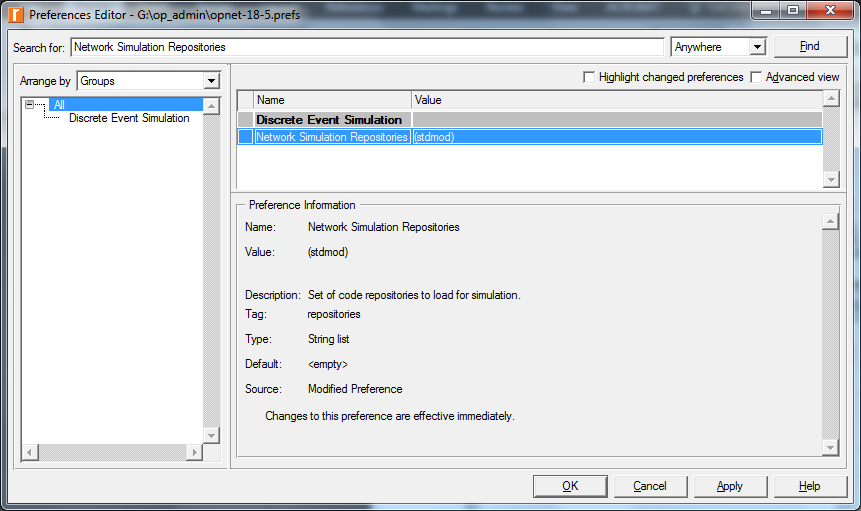Contents
- Running Riverbed Modeler at the university
- Configuring Riverbed Modeler to run simulations
- Compilation errors
- Problems logging in with Putty / FireZilla
Riverbed Modeler accelerates network R&D, reduces time-to-market, and improves product quality. Using simulation, network designers reduce research costs and ensure optimal product quality. Riverbed Modeler’s cutting-edge technology provides an environment for designing protocols and technologies as well as testing and demonstrating designs in realistic scenarios prior to production. Riverbed Modeler is used by the world’s largest network equipment manufacturers to enhance the design of network devices, technologies such as VoIP, TCP, OSPFv3, MPLS, IPv6 and much more.
Running Riverbed Modeler at the university
Riverbed Modeler should be launched from the start menu under ‘All Programs > Modeler 18.5’ or type Modeler in the Search programs and files box, then click on ‘Modeler 18.5’. If you start Riverbed from a different location, licensing errors may appear.
All Riverbed simulations should be saved in your G: drive in G:\op_models. Each project should have a unique name even if they are stored in different folders or drives. If you open an example project, prefix your initials to the filename when you save it to your G: drive.
Configuring Riverbed Modeler to run simulations
By default, Riverbed Modeler will assume you are writing custom code to use in your simulations and needs the Visual Studio environment settings manually configured before you can run simulations.
We recommend that you configure Riverbed Modeler to use the standard models repository. This should be done using the steps below:
- Open the Preferences Editor by going to ‘Edit > Preferences’
- In the ‘Search for:’ box, type in ‘Network Simulation Repositories’. The ‘Network Simulation Repositories’ attribute will then be displayed.
- Click on the ‘Value’ entry for the ‘Network Simulation Repositories’ attribute.

4. A new window will pop-up titled ‘Network Simulation Repositories’. Click the top line (where it says ’empty>’) so that it turns blue. Then click the ‘Insert’ button.

5. Type in ‘stdmod’ and press the enter or return key so that you see the following:

6. At the bottom of the window, click the ‘Apply’ button, then the ‘OK’ button to save the changes.

For more details see: https://supportkb.riverbed.com/support/index?page=content&id=S20843
Compilation errors
If your scenario is running out of memory then visit the following link for possible solutions:
Riverbed Modeler – Not enough memory error
Problems logging in with Putty / FireZilla
- Check that you have not run out of space on your G: drive. You have a 500MB quota by default. To check your usage, select all of your files and folders in the G: drive, right click and select properties. If the size is reported as above your quota, then it may be possible that you will run out of space duration simulation runs.
- Check that your scenario is set to compile for 64-bit. In the ‘Configure/Run DES’ window make sure the kernel type is set to 64-bit as shown below.




